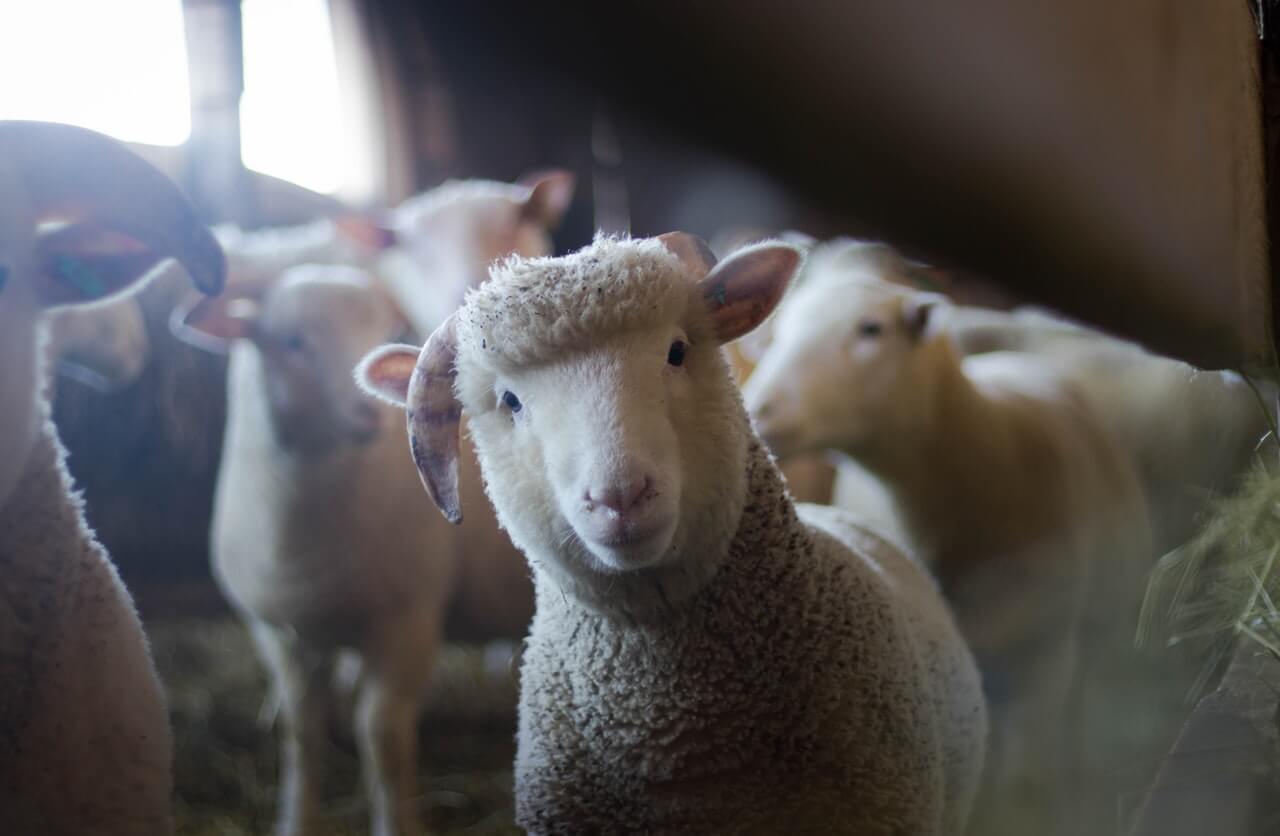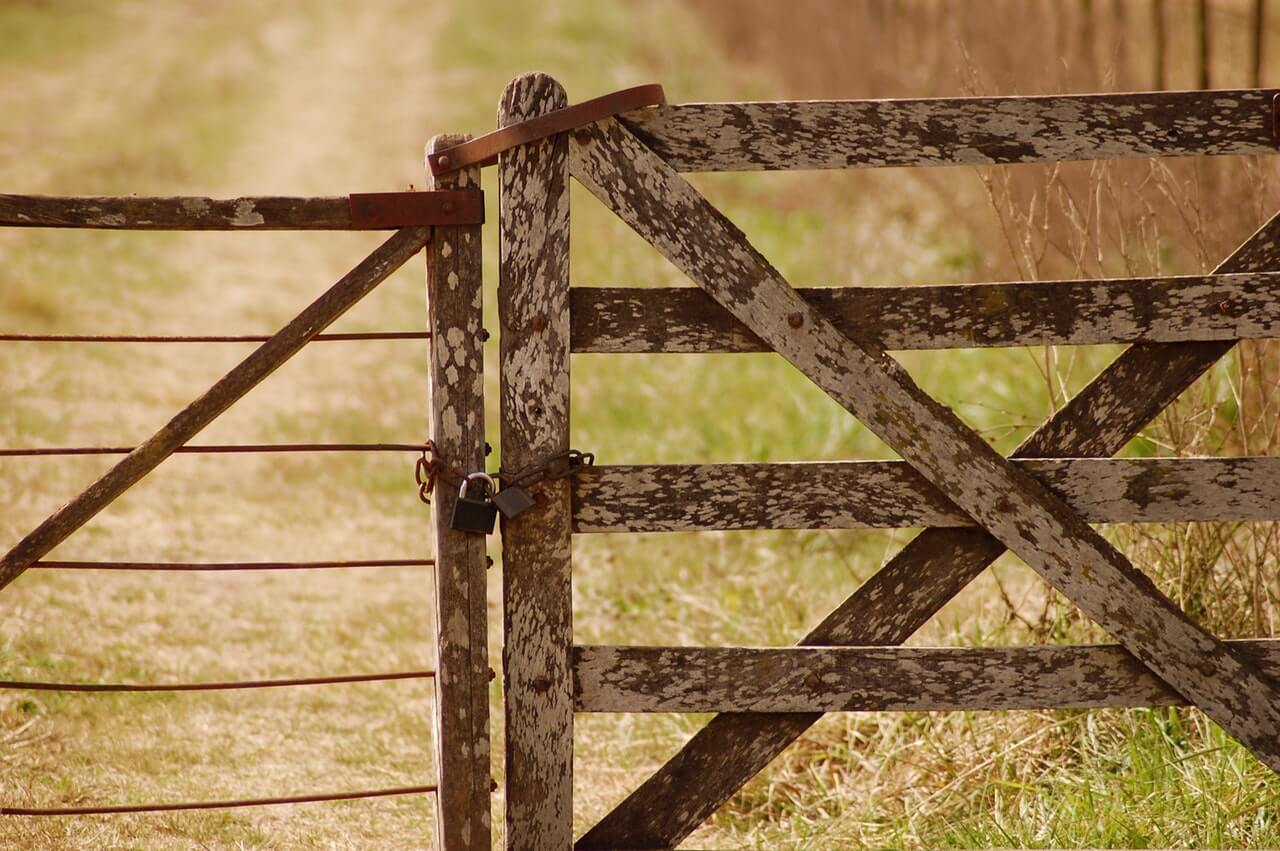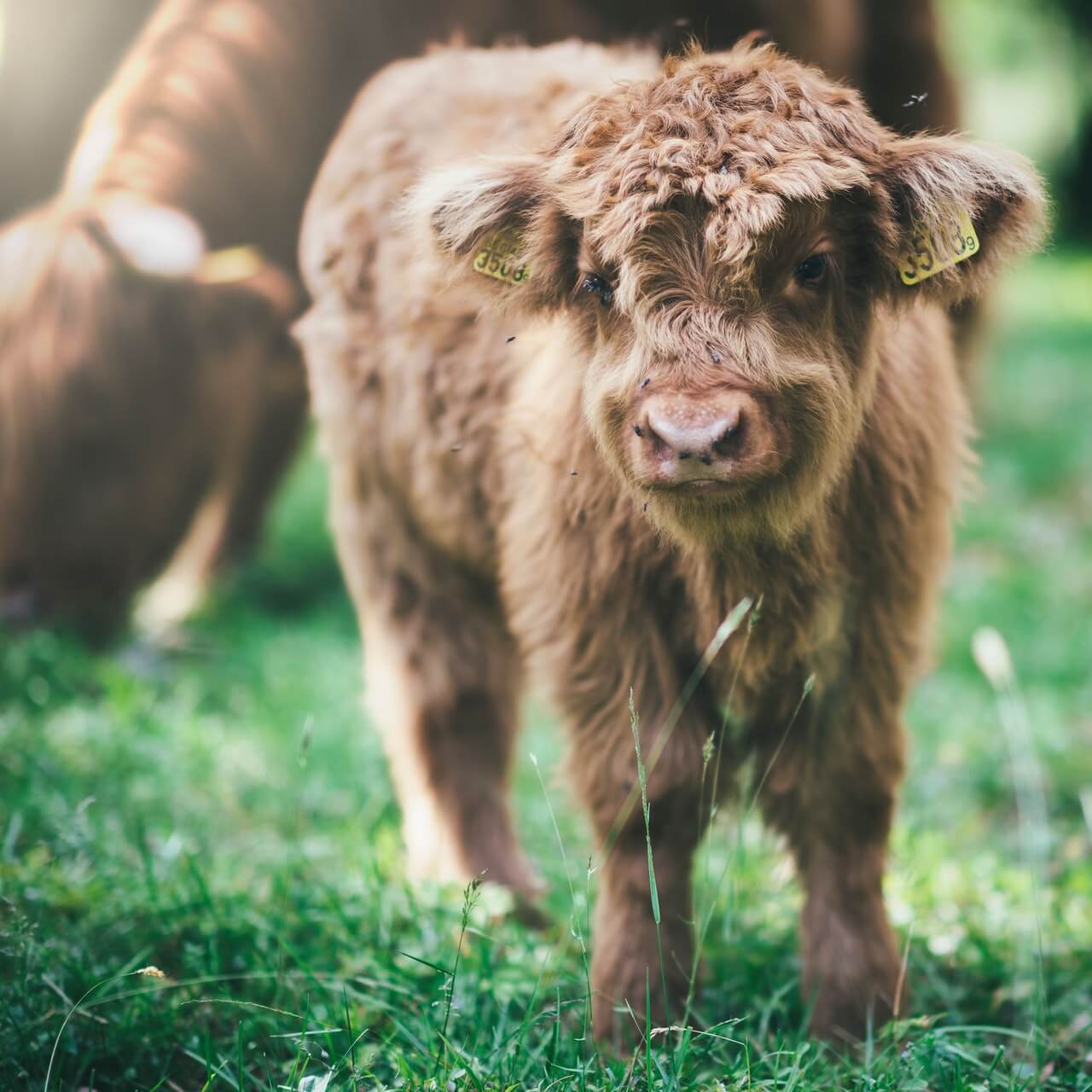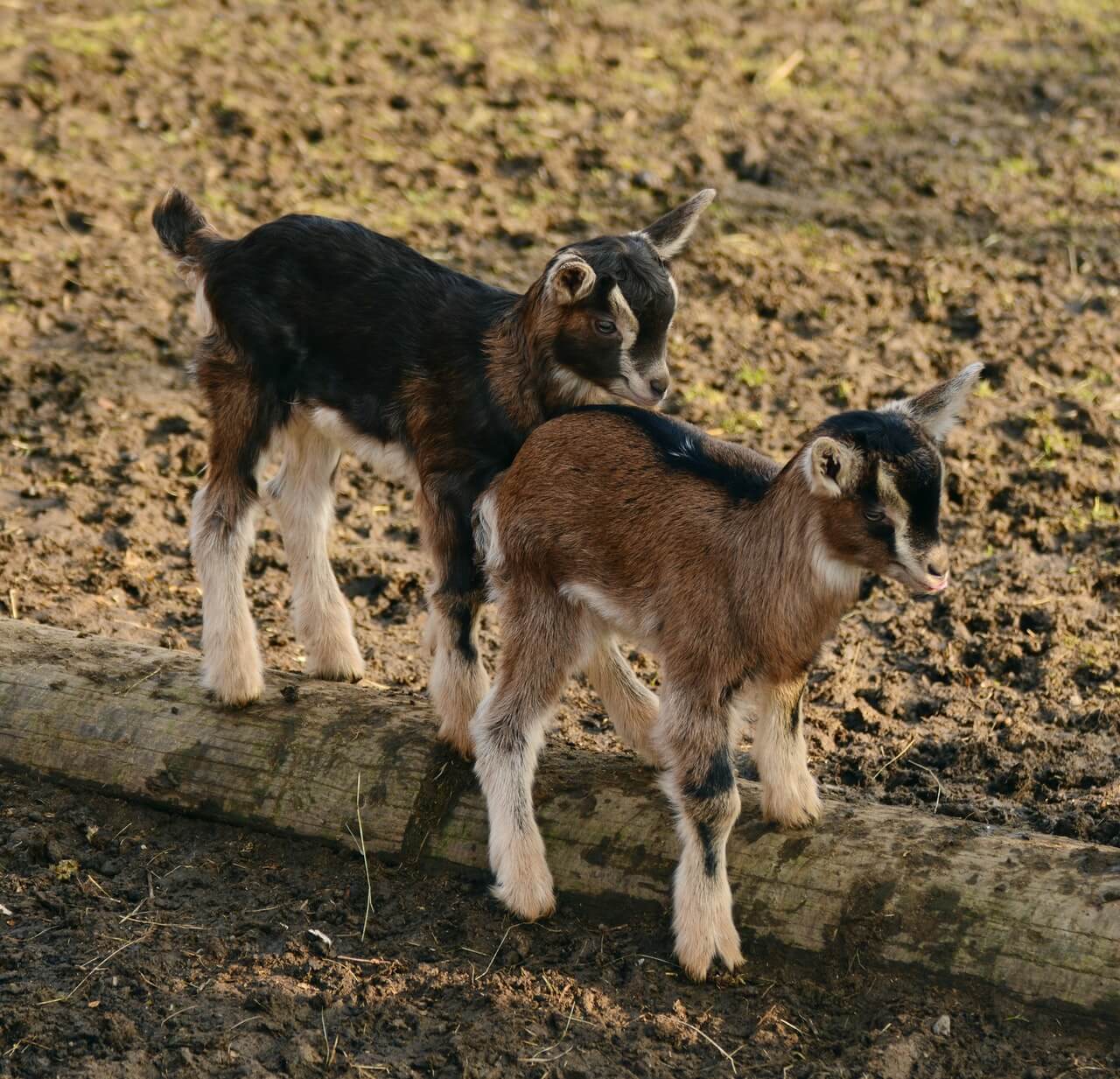
4 Livestock Species And Their Electric Fence Needs
Your livestock is an investment of time, money, and resources. Don’t let your investment go to waste with faulty fencing. JAG Products, Inc. keeps your
The type of electric fence wire that you choose is going to largely depend on what type of livestock you’re trying to contain. However, once you’ve selected your wire, the installation process is the same:
Assuming you’ve already installed your posts, you’ll start by mounting insulators. These keep the circuit going without loss of conduction through the posts. You can find out more about JAG Product Inc.’s line of inverse insulators, that make installation a breeze.
Working both sides of the fence has never been easier with our U.S. Patented T-post Extending Insulator. It’s the only T-post extending insulator that can mount to the front or back of a standard size T-post. These are effective with high tensile wire, poly-wire, poly-rope, barbed wire, and ¼” – ½” poly tape. The reinforced body prevents bending and twisting, providing proven durability to withstand the elements.
Once insulators are mounted, it’s time to run the wire. Start with the top wire and work your way down, starting with the post furthest from the charger. Run as many wires as you need to contain your livestock.
The most common way to do this is to utilize a ratchet tensioner or an on-line strainer. Be sure that your fence line has the proper tension. If you pull it too tight, it can snap and cause serious injury.
The type of electric fence wire that you choose is going to largely depend on what type of livestock you’re trying to contain. You can visit our livestock pages to learn more, but here’s a few major points:
For cattle, the cheapest and most durable material tends to be high-tensile wire paired with t-posts. This setup is appropriate for permanent fences in a large area and is a great way to set up rotational grazing pastures (so long as you include gates). You can choose between aluminum wires or galvanized steel wires.
Horses do well with the same types of wire that you would use for cattle. If you’re looking for something with better visibility, polyethylene coated wire is another great option. The coating contains carbon, which helps conduct electricity from the inner wire to the animal touching it. It is flexible, which means that it won’t snap or tangle if your horse tries to make a break for it. The wire is often copper, which doesn’t contract and expand during periods of lower temperatures, making it appropriate for colder climates.
Goats have a huge array of options, spanning all budgets and needs. Aluminum and galvanized steel wire works well, along with poly-rope and poly-tape. Both are robust, colorful, and cost-efficient. You can also use electric netting for semi-permanent pasture rotation.
Pigs are compatible with charged wire, tape, or rope. The setup is very similar to that of other livestock. You can learn more about the specifics of each type of material by following the links to the livestock page!

Your livestock is an investment of time, money, and resources. Don’t let your investment go to waste with faulty fencing. JAG Products, Inc. keeps your

Establishing a durable and reliable electric fence is your best choice for keeping livestock in and predators out. Proper installation is the key. We’ve rounded

Your choices in electric fence post installation will be largely based on what critter you’re trying to contain. You’ll also want to consider your budget,

When working on ground rod installation for your electric fence setup, there are two major considerations that will determine the effectiveness: 1. How Conductive The Soil Is
Copyright © JAG Product Inc. 2022 | Website Design and Development Snowy Mountain Marketing